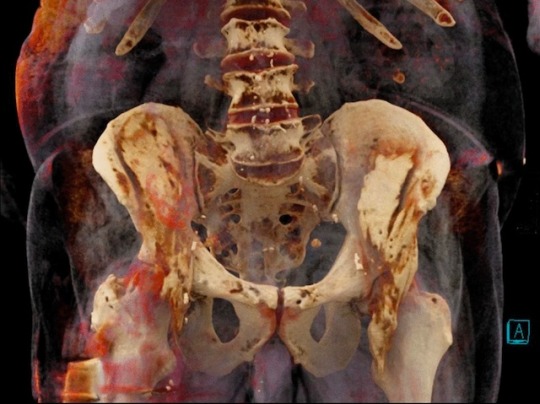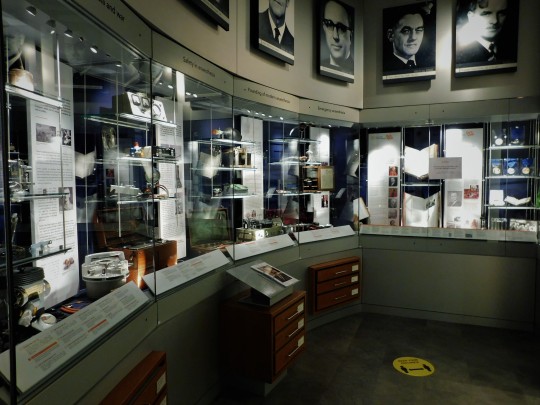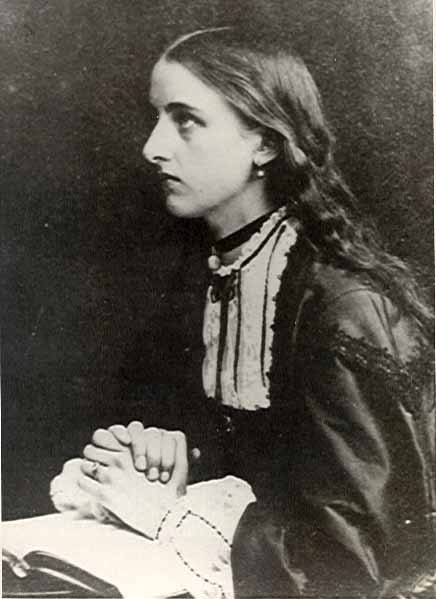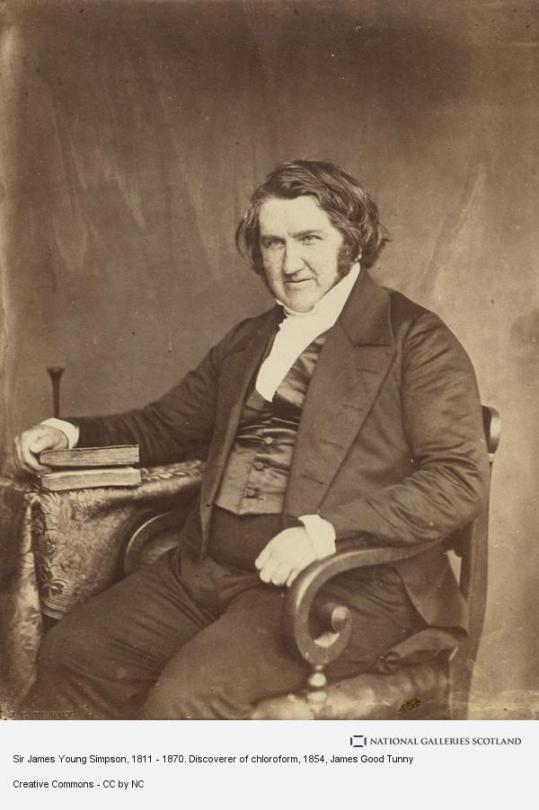#anaesthetics
Text
shoutout to aspec folks!
shoutout to asexuals
shoutout to aromantics
shoutout to aplatonics
shoutout to asensuals
shoutout to analterous folks
shoutout to anaesthetics
shoutout to demisexuals
shoutout to demiromantics
shoutout to demiplatonics
shoutout to demisensuals
shoutout to demialterous folks
shoutout to demiaesthetics
shoutout to gray-aces
shoutout to gray-aros
shoutout to gray-any-other-attraction
shoutout to aceflux folks
shoutout to aroflux folks
shoutout to any-other-attraction-flux folks
shoutout to aroaces
shoutout to aroacespecs
shoutout to aegosexuals
shoutout to aegoromantics
shoutout to aego-any-other-attraction
shoutout to cupiosexuals
shoutout to cupioromantics
shoutout to cupio-any-other-attraction
shoutout to acespikes
shoutout to arospikes
shoutout to any-other-attraction-spikes
shoutout to reciprosexuals
shoutout to reciproromantics
shoutout to reciproaroaces
shoutout to recipro-any-other-attraction
shoutout to alloaces
shoutout to alloaros
shoutout to omniaspecs
shoutout to eclectio aroaces
shoutout to sex-favorable aces
shoutout to sex-indifferent aces
shoutout to sex-repulsed aces
shoutout to aces who enjoy sex as an activity
shoutout to aces who enjoy erotic media
shoutout to romance-favorable aros
shoutout to romance-indifferent aros
shoutout to romance-repulsed aros
shoutout to aros who enjoy romantic media
shoutout to aros whose favorite type of media is romance
shoutout to autosexuals
shoutout to autoromantics
shoutout to auto-any-other-attraction
shoutout to autospecs
shoutout to bellussexuals
shoutout to bellusromantics
shoutout to bellus-any-other-attraction
shoutout to quoisexuals
shoutout to quoiromantics
shoutout to quoi-any-other-attraction
shoutout to fraysexuals
shoutout to frayromantics
shoutout to fray-any-other-attraction
shoutout to apothisexuals
shoutout to apothiromantics
shoutout to apothi-any-other-attraction
shoutout to orchidsexuals
shoutout to orchidromantics
shoutout to orchid-any-other-attraction
shoutout to loveless folks
shoutout to lovequeer folks
shoutout to acespec folks who don't specifically label themselves
shoutout to arospec folks who don't specifically label themselves
shoutout to acespecs who experience sexual attraction
shoutout to arospecs who experience romantic attraction
shoutout to acespecs who experience romantic attraction
shoutout to arospecs who experience sexual attraction
all of y'all are valid as hell
#asexual#aromantic#acespec#arospec#aspec#long post#aplatonic#asensual#analterous#anaesthetics#anaesthetic#orchidsexual#orchidromantic#cupiosexual#cupioromantic#aceflux#aroflux#asexual positivity#aromantic positivity#autosexual
843 notes
·
View notes
Text

It always feels like that,especially when they're denying all the facts you've stated.
#arospec#aplatonic#apl culture is#loveless aplatonic#aplatonic aroace#aplspec#loveless aroace#loveless aro#anaesthetics#aromantic spectrum#romance repulsed#aromantic representation#aspec stuff#aspec representation#aspec community#aro memes
131 notes
·
View notes
Text
This homosexual is gonna become Anaesthesiologist!!!
Dr Priyesh Gupta, MBBS, MD Anaesthesia
🥳🥳🥳
#doctor#medicine#studyblr#india#medstudentblr#medstudent#anaesthesia#anaesthetics#anaesthesiologist#me#personal#happy news
21 notes
·
View notes
Text
Someone will be okay with the ways you can't love, even if you're completely loveless♡ you're not broken
6 notes
·
View notes
Text

It's been an absolute rollercoaster of a month with a lot of tears and a lot of stress about planning for the next year and trying to find another job, but specialty training in the UK just likes to make people suffer for a month before saying actually you do have a training post...
But it doesn't matter, I'm starting anaesthetics training in August!!!
26 notes
·
View notes
Text
Things that I do to feel ✨aesthetic✨when romanticizing my ęd
Twirl my hair
Draw in classes and in public
Cute little drawings on receipts after paying
Baggy but flattering clothing 💕
Only eating a couple bites then intently listening to whomever I am with
Listening to music that makes me feel like the main character
Making lists on my notebooks I carry with me
Always having nice hand writing
Coffee in the morning, tea in the afternoon
Long sleeves under t-shirt look
Leg warmers
Simple makeup that looks half assed (trust me, smudgy looks good)
Beanies for cold days and when my roots are showing
Growing out my hair
Wearing clunky shoes
Redirecting attention to something else when I am hungry
Five bite rule
Aesthetic looking energy drinks and protein bar combos
Watching sunsets and sunrises
Watching fat acceptance videos and commenting something supportive (BP and FA hate this but it makes me feel good)
Listening to audiobooks
Journaling everything
Writing down quotes
Walking my dog like I’m on a runway
Working out with a nice water bottle and big head phones
NEVER purging, it’s not aesthetic
Eating pretty food
Taking pictures of what I am doing
#@na rules#disordered eating mention#tw ed sheeran#3ating d1sorder#notprojustusingthetags#anerexa#a4a diary#ana shit#i need to lose so much weight#annarexya#ana0rex1a#ana trigger#ana tumblr#ana thoughts#ana dairy#aesthetic#anaesthetics
10 notes
·
View notes
Text
General anaesthesia
Masterpost
General anaesthesia is a delicate art of killing you just enough that you can't remember anything, but not so much that you die. Pretty standard and we're quite good at it now with the help of some powerful drugs and plastic tubes.
Drugs
There's a separate post that will detail specific drugs and what they're for, this is just the types used for general anaesthesia
Induction agent - used to send you to sleep, a liquid drug (usually propofol) that goes through the cannula in your hand. A propofol infusion can be used to keep you asleep but this is less common
Muscle relaxant - keeps you from wiggling during surgery but more importantly suppresses your gag reflex, making it a lot easier to intubate you and keep you breathing
Volatile gases - a more common way of keeping you asleep. Anaesthetic drugs are made into a gas that you breathe in and keeps you sleepy. You're less likely to give someone too much of this vs a propofol infusion
Breathing tubes (non-graphic diagrams below)
We need these to make sure oxygen is going into your lungs and not going into your stomach instead
Endotracheal (ET) tube - gold standard airway, goes through the vocal chords and inflates to ensure a seal, preventing aspiration. You might have a sore throat after though

Laryngeal mask airway (LMA) - sits at the very back of your throat and inflates to make a seal (B and C in the image below)
Igel - like an LMA but it doesn't need to be inflated. Growing in use and popularity as an alternative to using LMAs (A in the image below)


We use tools to help put ET tubes in such as:
Laryngoscope - with or without a camera, it pulls back the epiglottis and allows you to see the vocal chords
Bougie - a flexible plastic rod that is easier to get through the vocal chords, and then the ET tube can be slid over the top
Once a tube is in place, it's secured with tape or a fabric tie, and we LIGHTLY tape down the eyes (we tend to use stickers designed for this to prevent damage to the eyelids).
When you're in theatre and connected to all the right machines the surgeon is free to do his bit.
Next up: local/regional anaesthesia
5 notes
·
View notes
Text
Obviously I was tired but slept through all my alarms and have not been there for my GP appointment phone call. I'm going to a special place in hell. But seriously I waited a fucking month. I'm completely out of meds and this is a THING. Kill me.
4 notes
·
View notes
Text
want the shit that knocks me out to look nice, call that an-aesthetic
6 notes
·
View notes
Text

Better Blocker
Nerves blocked in regional anaesthesia – such as for hip and knee surgery – revealed using ultrasound-guided injection and contrast in cadavers. Insight for better pain relief
Read the published paper here
Image from work by Werner ten Hoope and Pascal S. H. Smulders, and colleagues
Department of Anesthesiology, Amsterdam UMC Location University of Amsterdam, Amsterdam, The Netherlands
Video originally published with a Creative Commons Attribution 4.0 International (CC BY 4.0)
Published in Scientific Reports, July 2023
You can also follow BPoD on Instagram, Twitter and Facebook
#science#biomedicine#cadaver#anaesthesia#anaesthetics#hip surgery#knee surgery#orthopedics#nerves#neuroscience
5 notes
·
View notes
Photo

Anaesthesia Heritage Centre
A small but fascinating museum located in the Association of Anaesthetists’ headquarters, the Anaesthesia Heritage Centre traces the modern development of anaesthesia from the first successful use of diethyl ether in surgery in 1846, through to the present day, with a particular focus on the instruments, chemicals, and people involved in the history.

Medically-squeamish visitors may wish to avoid because of this, as the display showcases many masks, syringes, and other painful-looking implements used to induce or support anaesthesia. Pull-out draws contain yet more examples of the tools of the trade, with additional information booklets supporting the displays with more in-depth accounts of the machines and the biographies of member of the Association.

Particular highlights of the exhibition include John Snow’s 19th Century chloroform inhaler, and an ECG machine used in the treatment of King George VI, when he received his final lung operation at Buckingham Palace. There is also an interactive exhibit based around a hospital bed, allowing visitors to select nearby instruments and equipment and listen to audio account of their development and uses.

#london#uk#england#anaesthesia#anaesthetics#museums#heritage#centre#anaesthetists#association#surgery#ether#chloroform#instruments#equipment#medical#chemicals#masks#syringes#machines#biographies#inhaler#ECG#interactive#history#travel#tourism#lundene#londinium
30 notes
·
View notes
Photo



On November 9th 1847 in Edinburgh, Sir James Young Simpson delivered Wilhelmina Carstairs while chloroform was administered to the mother, the first child to be born with the aid of anaesthesia.
James Young Simpson, the young professor of midwifery at the University of Edinburgh, became chairman of that department at age 28. He discovered the anesthetic properties of chloroform, while inhaling it with two colleagues and some family members in his dining room at 42 Queen Street, Edinburgh. Four days later he administered chloroform for a few minor operations, and the next day, November 9th, he performed the first delivery under chloroform.
He reported the details next day at a meeting of the Edinburgh Medico-Surgical Society and a few days later in two medical journals. The patient was an anxious young woman who had barely slept the two previous nights. Her first baby had been delivered by craniotomy after a three-day labour. She went into labour for the second child two weeks before her due date. Three and a half hours after the onset of her contractions, Simpson poured half a teaspoon of chloroform on a handkerchief rolled into a funnel and repeated that dose 10 to 12 minutes later. Twenty-five minutes after the onset of anesthesia, the unconscious mother delivered a healthy baby. When she awoke, she initially did not believe that she had given birth.
Legend said the grateful mother christened her child “Anaesthesia”; and Anaesthesia, when 17, sent her photograph to Simpson, who proudly placed it over his desk. The source of that story seems to be Simpson’s biography published in 1896 by his daughter Eve, but Simpson certainly never mentioned the fact in his abundant publications or correspondence.
The son of the “Chloroform Baby” disposed of that story in a 1948 letter he sent to the The Scotsman newspaper. He explained that the mother had been Jane Carstairs, the wife of Dr. William Carstairs, a physician retired from the Indian Medical Service and living in Cupar, Fife. She had come to Edinburgh to be under Simpson’s care. Her child was baptized Wilhelmina on Christmas day, 1847. Wilhelmina married in 1868 and died in 1910. “Anaesthesia” and “St. Anaesthesia” were affectionate nicknames Simpson had given the baby.
The origin of the photograph is controversial. In 1911, Alexander S. Simpson, J.Y. Simpson’s nephew and successor to the Chair of Midwifery, claimed that Wilhelmina had been photographed at the age of 17 by a Mr. Roger, and that the picture had been sent to James Young Simpson by his friend, Dr. John Adamson, of St. Andrews. However, Douglas Guthrie, one of the organizers of the 1947 Simpson Centenary, quotes a letter (unfortunately without giving a date or an addressee) written by a Dr. R.O. Anderson who claimed that his father, Dr. John Anderson, had taken the photograph in 1860. Thus Wilhelmina at the time would have been 13, not 17 as claimed elsewhere.
18 notes
·
View notes
Text
Vou começar essa diet amanhã, segunda no caso.
Tenho até o meu aniversário, que é 1 de maio para atingir a meta.
Estou bem focada, tomara que eu consiga.

3 notes
·
View notes
Note
hello! i hope you're doing well :) i was going to put this in my ao3 comment, but decided to ask it here instead, i hope that's okay. i'm interested in this part of ch 20: 'Regulus flipped through the paperwork, suppressing a sigh as he realised Paddy left him to chart all the observations for the past two hours. If only he could print the script directly from the obs machine, like it was possible in Australia, his life would be much easier.'
(is it incredibly selfish of me to have been like 'australia? im from australia!!' lol)
what does charting the obs look like when done manually? also, is printing scripts from the machine directly something medically advanced that australia has, or is the uk just lagging behind? the uk is far ahead of us in many medical aspects, including treating addictions (but we have just implemented a free take-home naloxone program australia-wide, so that's an improvement!), but are there other aspects where other countries, including australia, are ahead? do you know much about the difference in what western medicine looks like across different countries, particularly compared to the uk?
i'm sorry for the influx of questions askdjh
thanks for the incredible update, i enjoyed it muchly! <3
Hi possum! 💛
I added thé Australia bit specifically for you, I’m glad you picked up on it haha!
So anaesthetists have to chart patients obs (heart rate, blood pressure, temperature), the amount of drugs used and the ventilator settings hourly during the whole procedure. Obviously most do it every few hours or so and the data is stored on the machines and tbh, anaesthetists don’t usually do much more besides that. If it’s a complex procedure and patients go to ICU afterwards, they put all the lines in, but if it’s something simple like gallbladder removal or most of urological procedures, then they spend most of the time just chilling.
My friend’s fiancé worked in Australia and she told me that the machines there just print directly onto patient’s chart so anaesthetists there really don’t have to do much at all.
In terms of other differences between countries…. I’m not sure, tbh. I’m meeting my friend in September who is doing paediatrics in Melbourne so I can ask her then, but so far from what she told me, UK is more advanced. I think doctors in Australia and NZ step up into senior roles much faster as well.
The rest of the differences I know are mostly anecdotes and it’s such a wide topic too! But if you have any specific questions, I can try answer them 😊
7 notes
·
View notes
Text
WHO IS TELLING THE NEW FY1s THAT IT'S OKAY TO JUST CALL THE ANAESTHETIST FOR CANNULAS IF THEY CAN'T DO IT WITHOUT ESCALATING?!
Tell me. Tell me now. I won't do anything...
2 notes
·
View notes
Note
I saw in your bio that you're an aspiring anaesthesiologist
Do you know the story behind the discovery of anaesthesia? It's really interesting and dramatic, if you don't know it you should definitely look it up
Hi anon! I do know a bit about it although probably not as much as I should haha.
Also this has made me realise i should change my bio because I've actually started anaesthetics training now! (Although unfortunately that means I have to get through a year of acute med and A&E first before I actually get into the anaesthetics properly)
9 notes
·
View notes